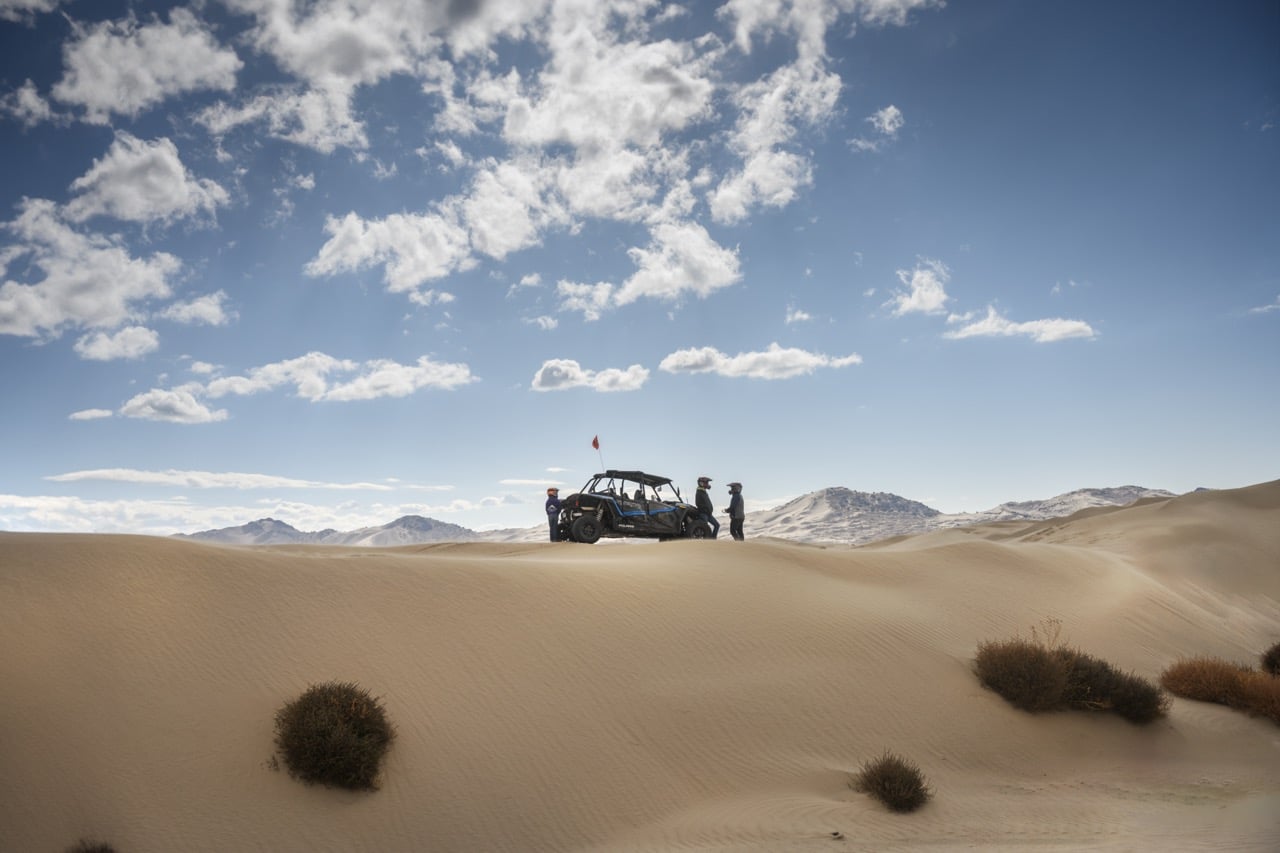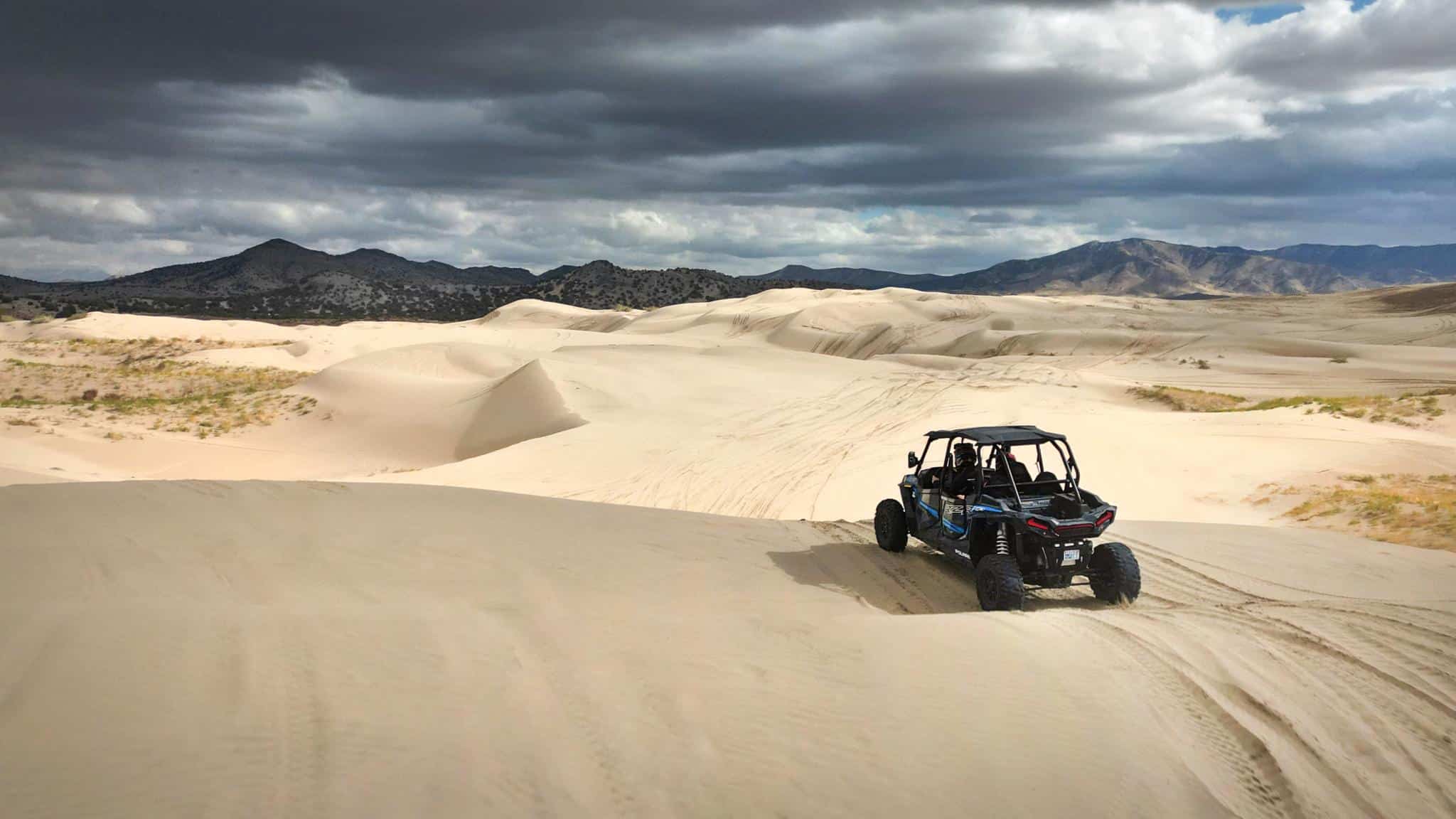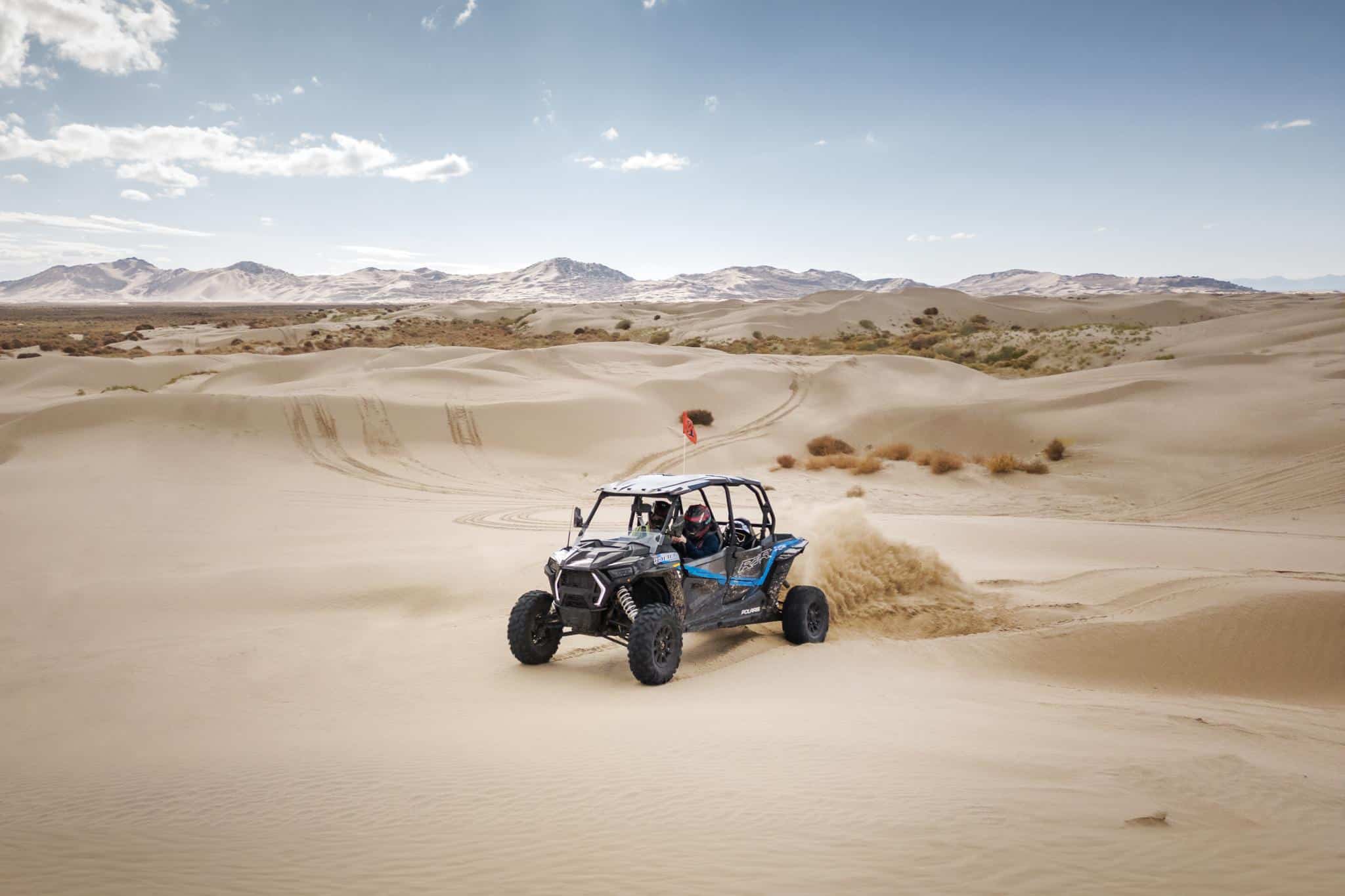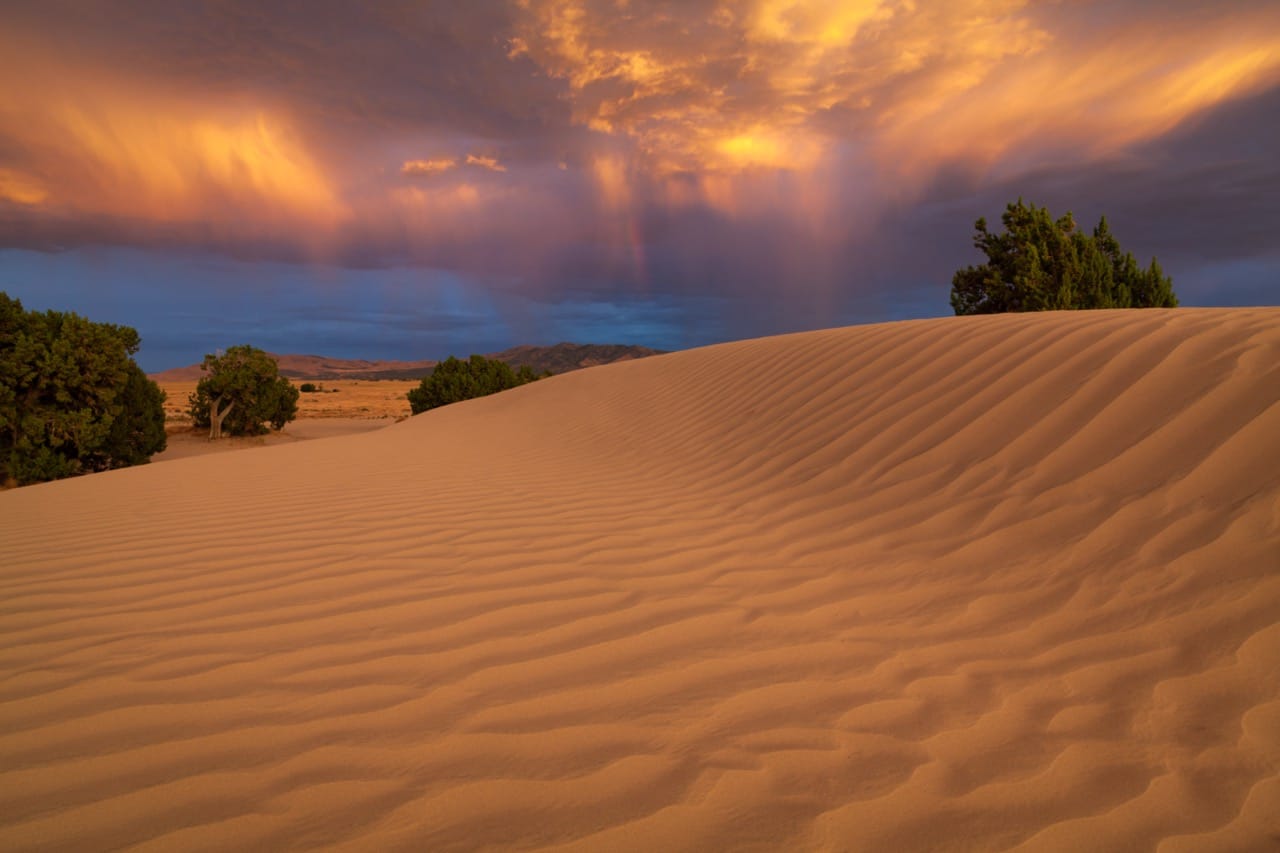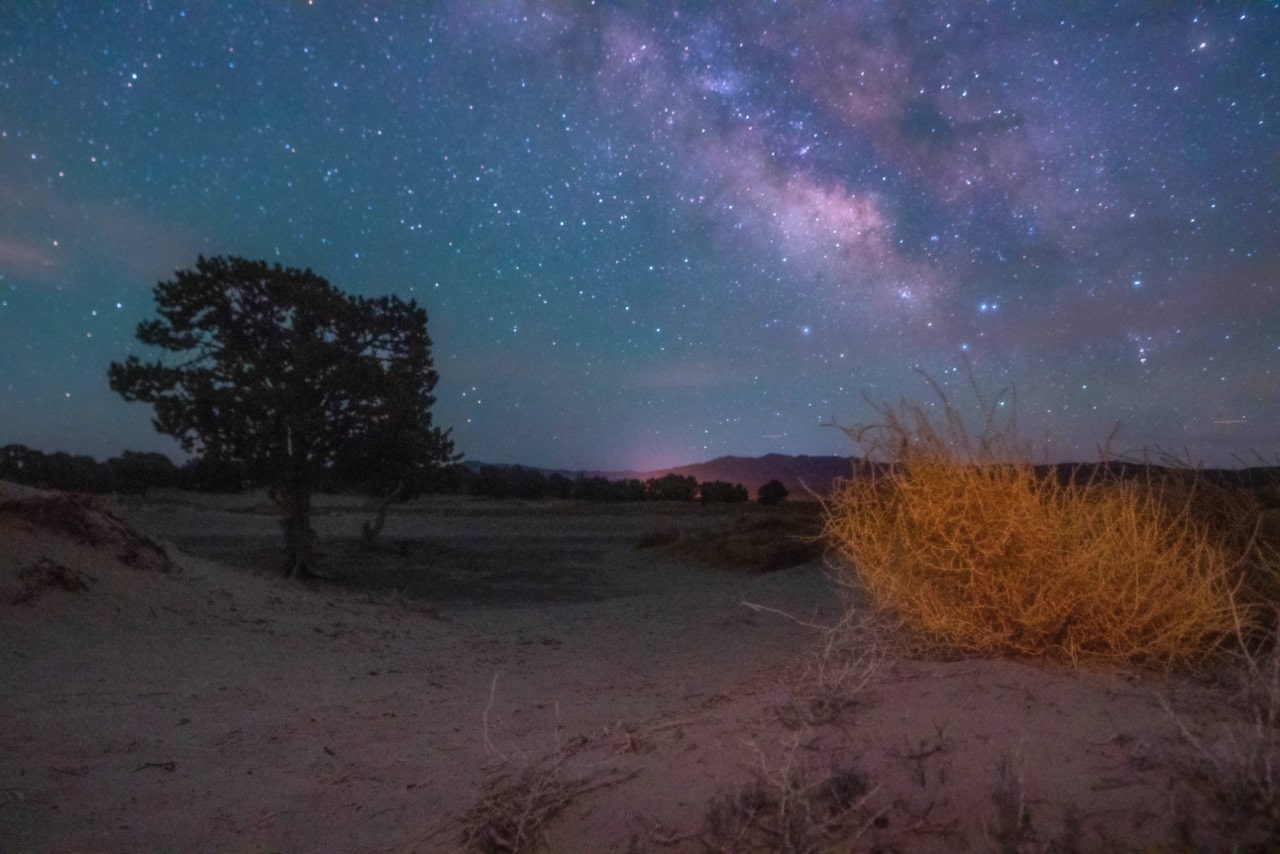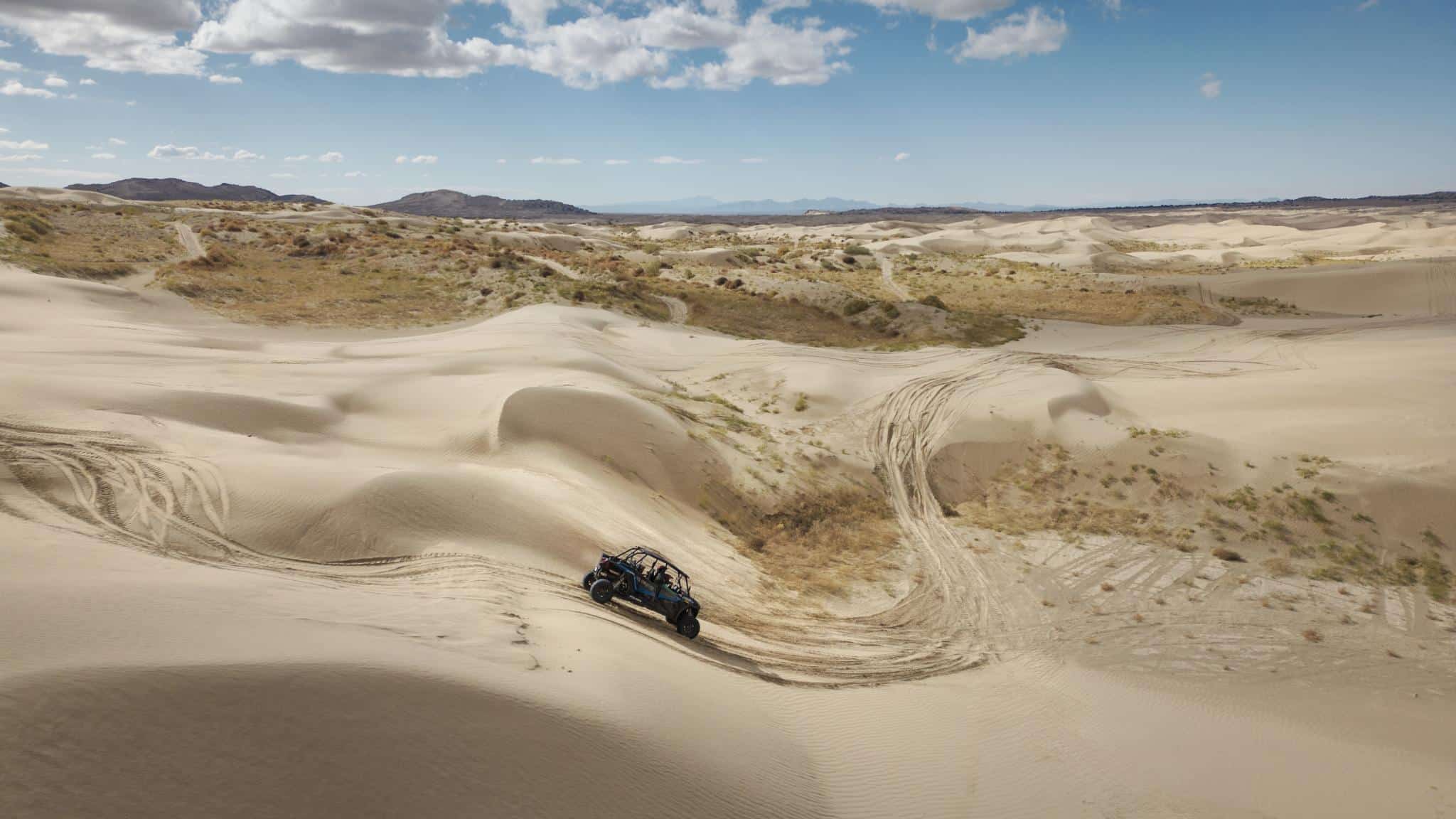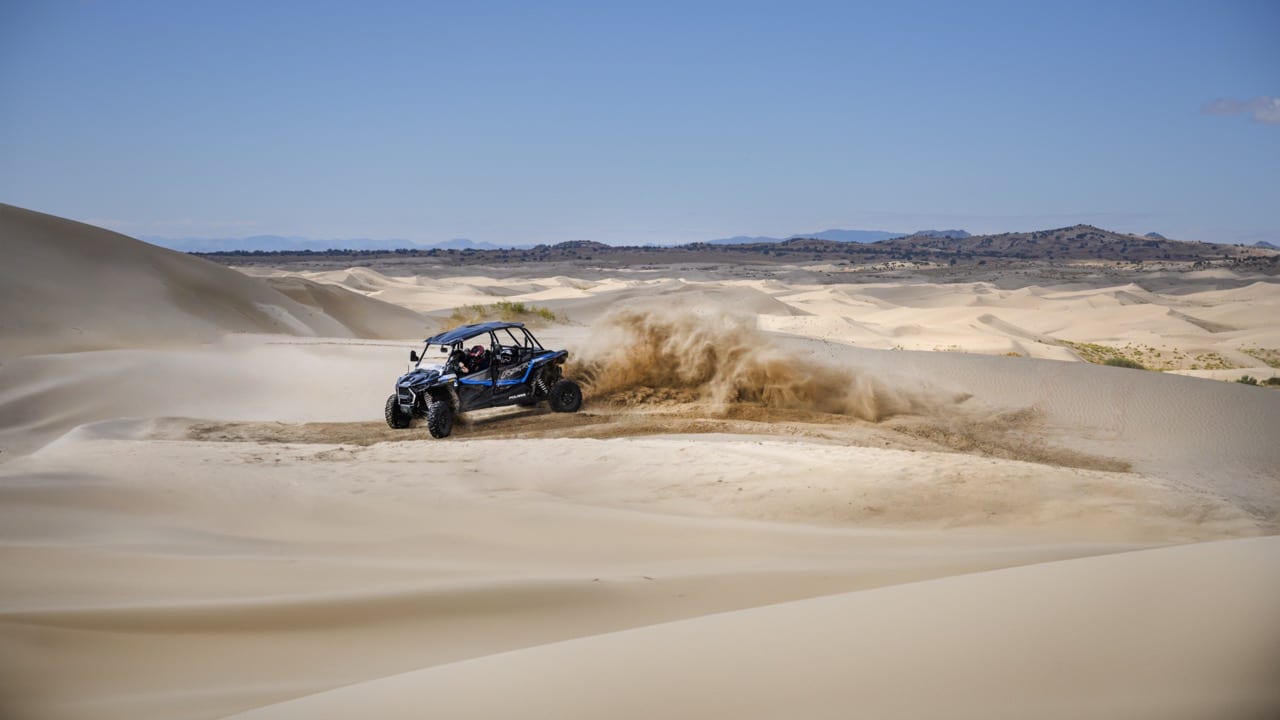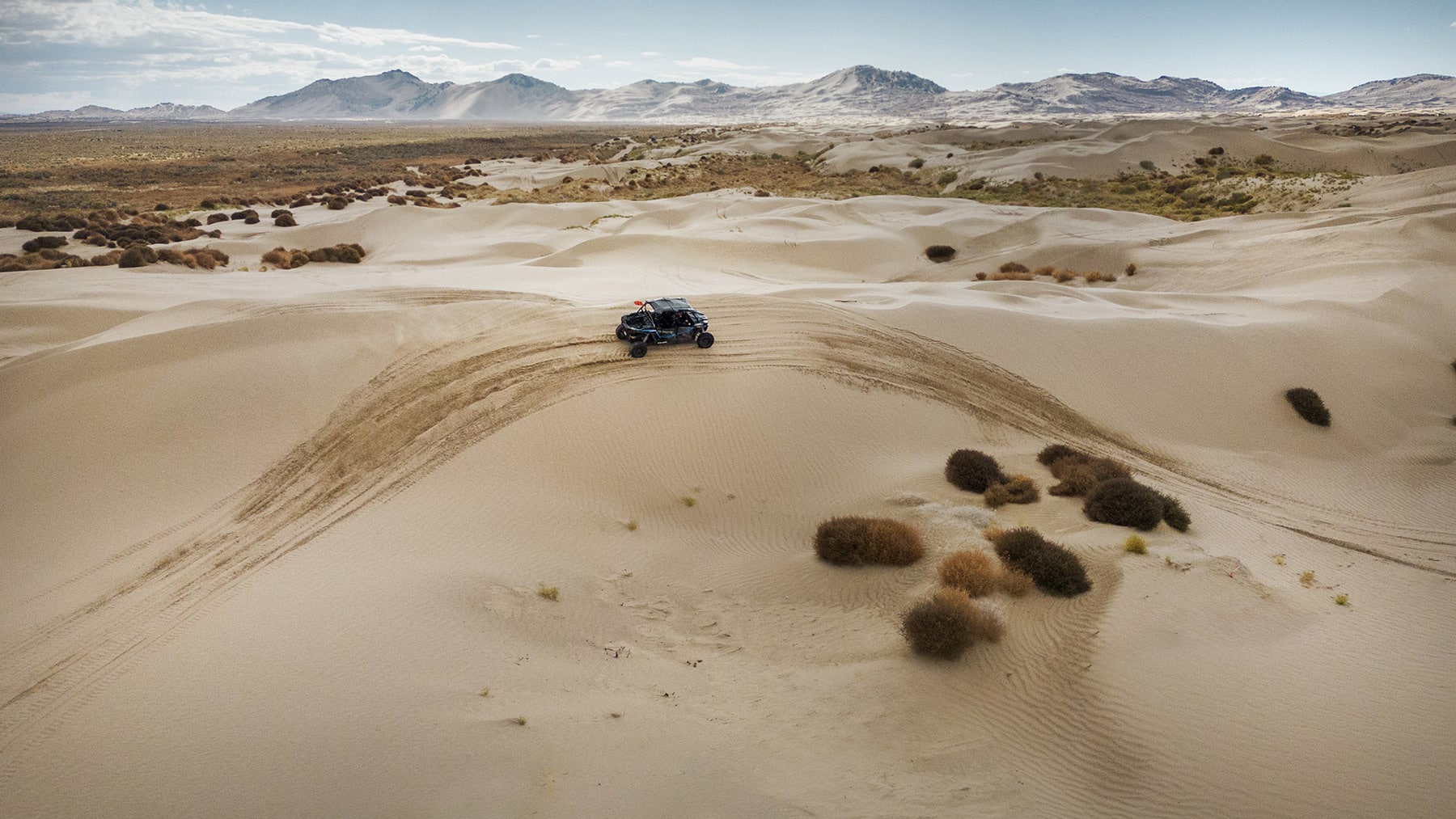Strong prevailing winds coupled with deposits from the Sevier River, which once emptied into Bonneville Lake some 15,000 years ago, resulted in the geologic phenomenon called Little Sahara. After the lake receded, the southwestern winds picked up the exposed sand, propelling it towards Sand Mountain. Raising almost 1,500 feet out of the valley, Sand Mountain slowed the winds, forcing them to drop their cargo and creating over 124 square miles of sand dunes. These mountains of sand move an average of 18 inches a year. Since Lake Bonneville has dried up, they have been transported over 150 miles.
Families come from all over to play in Utah’s largest sandbox. Whether it is an adrenaline packed ride to the top of Sand Mountain or a family picnic at White Sands, there is something for everyone. With over 60,000 acres of sand, there is plenty of room to explore and play. Camp at one of the 255 improved campsites and watch the sunrise or sunset from the top of a sand dune.
Visit soon and visit often because the landscape at Little Sahara is always changing.
Skip the lines and purchase passes online before you arrive.


